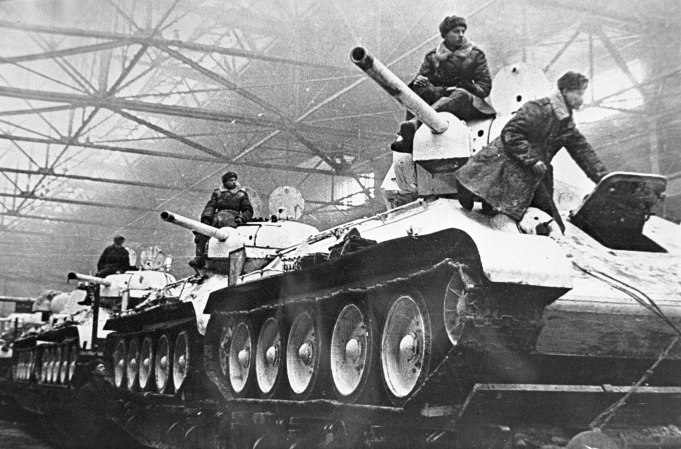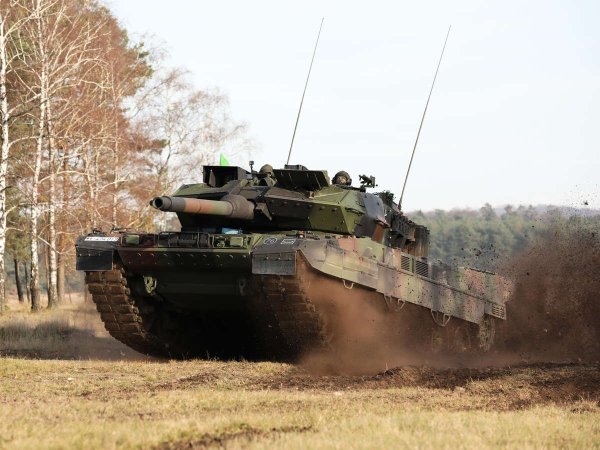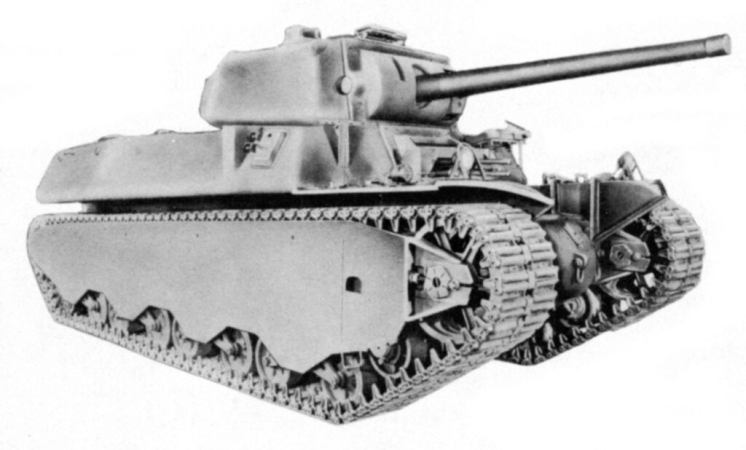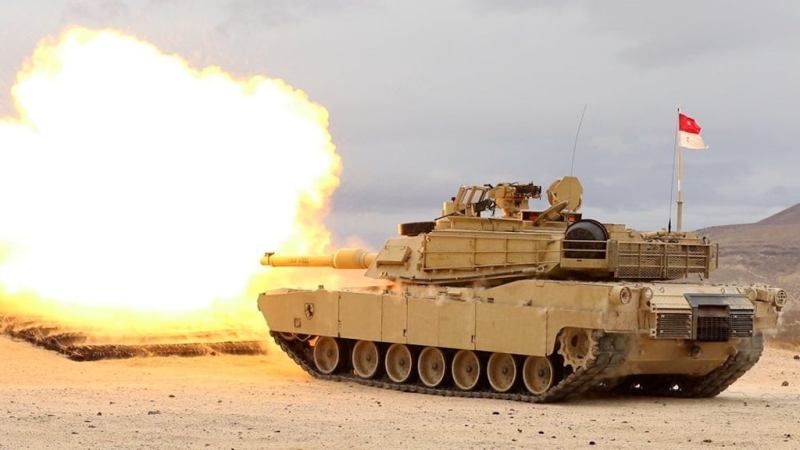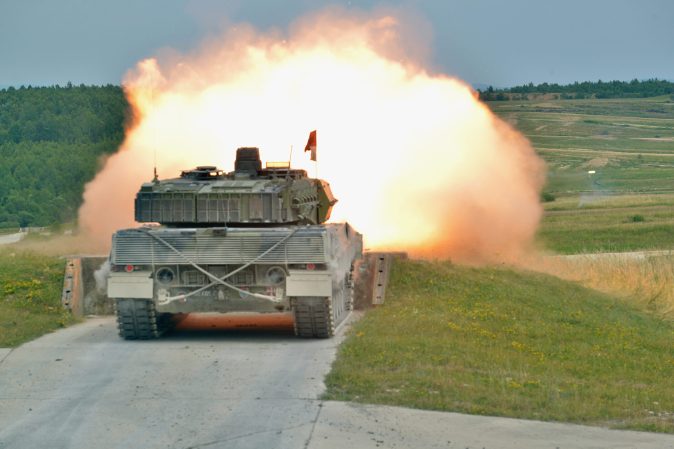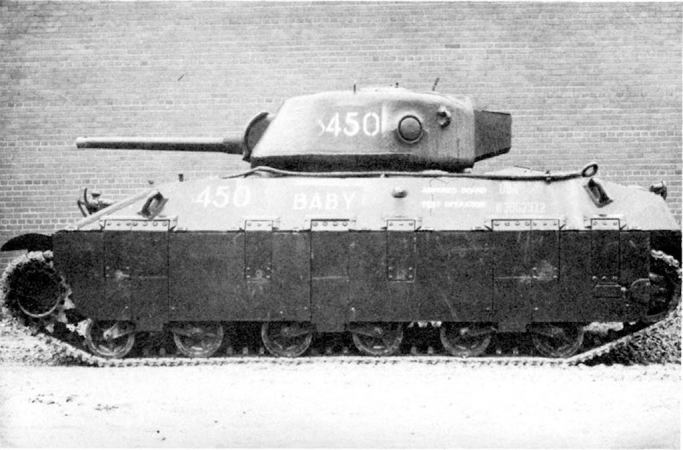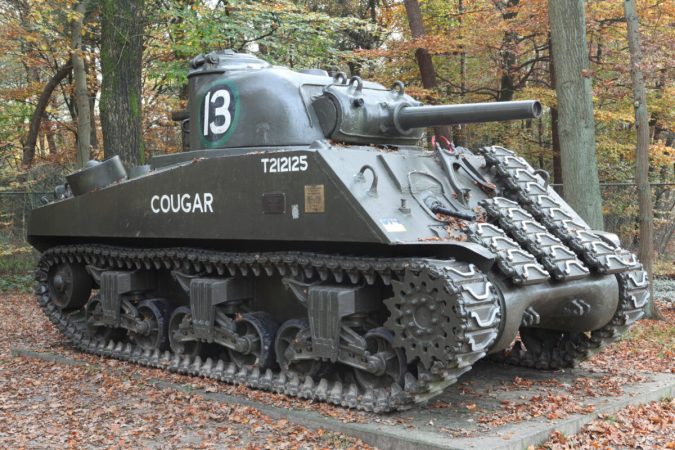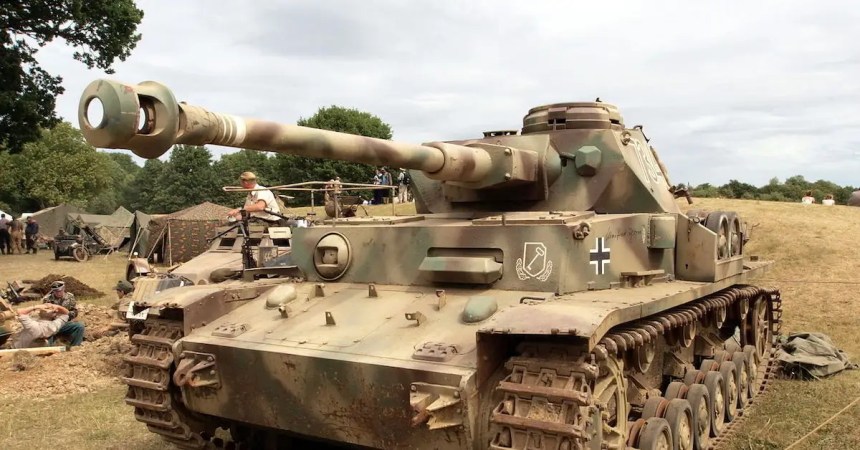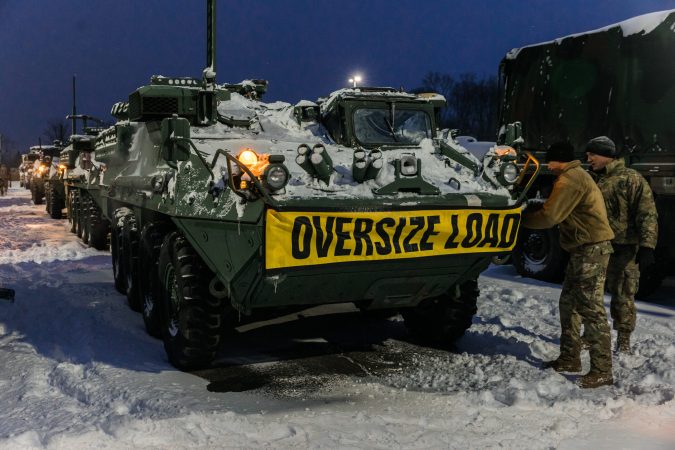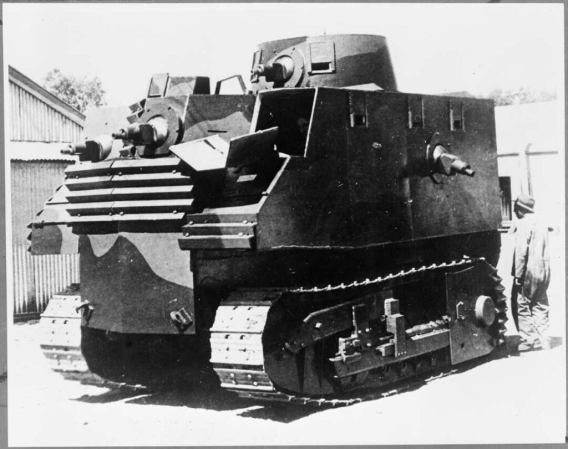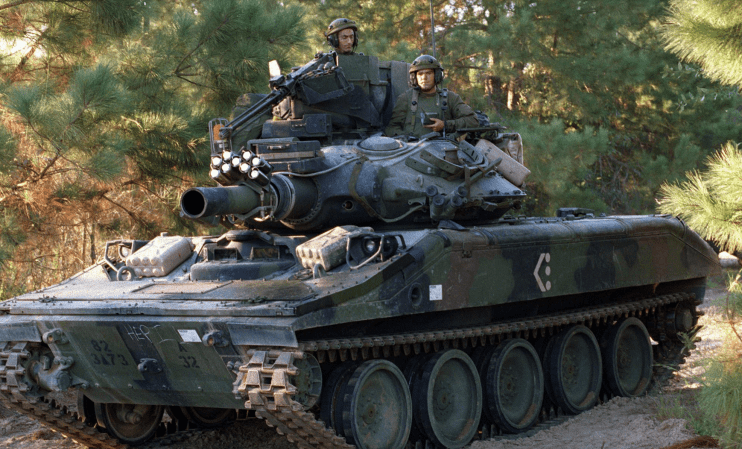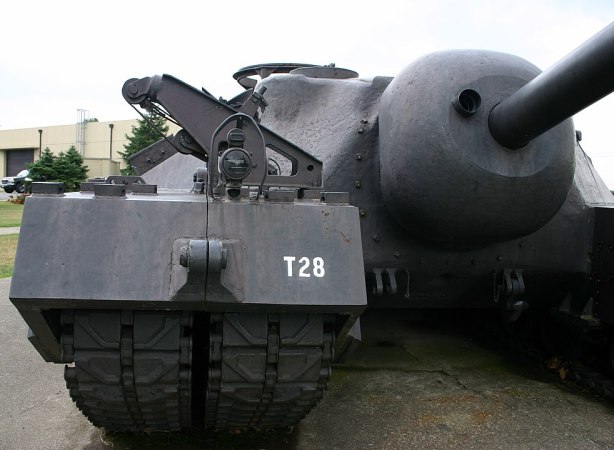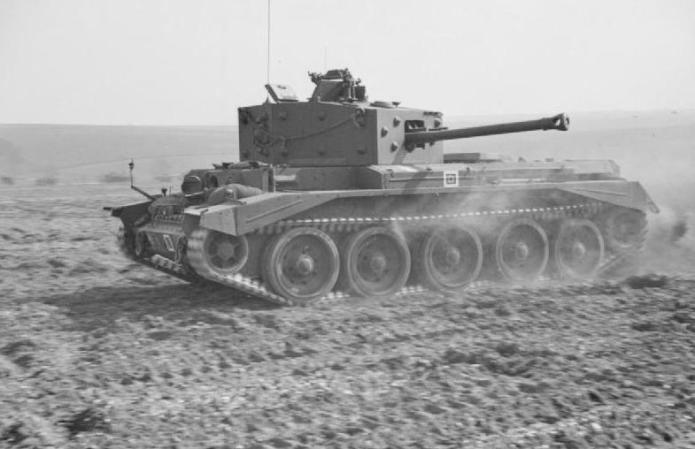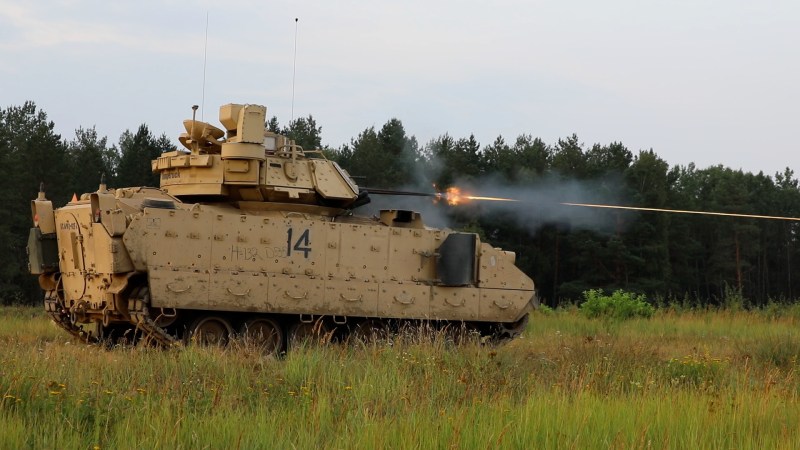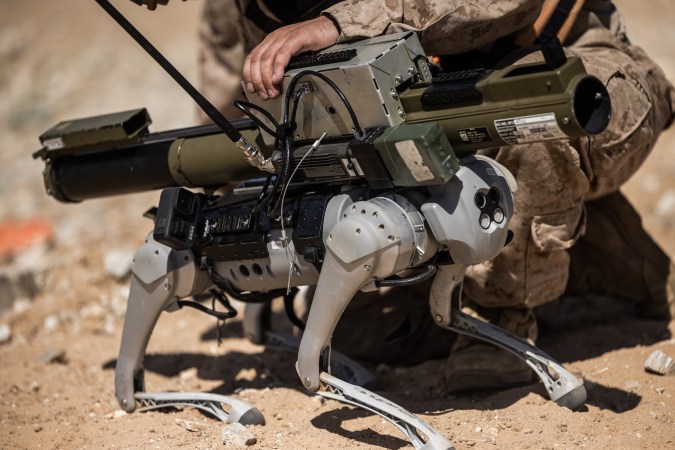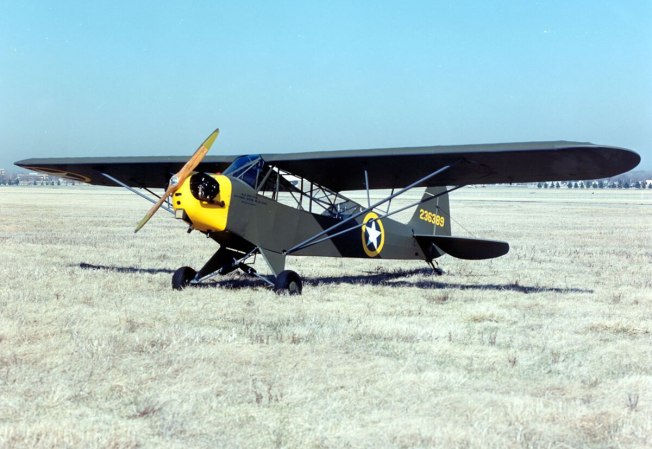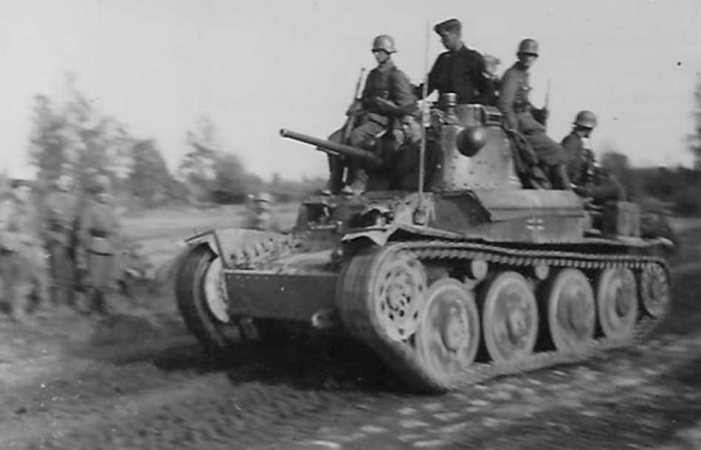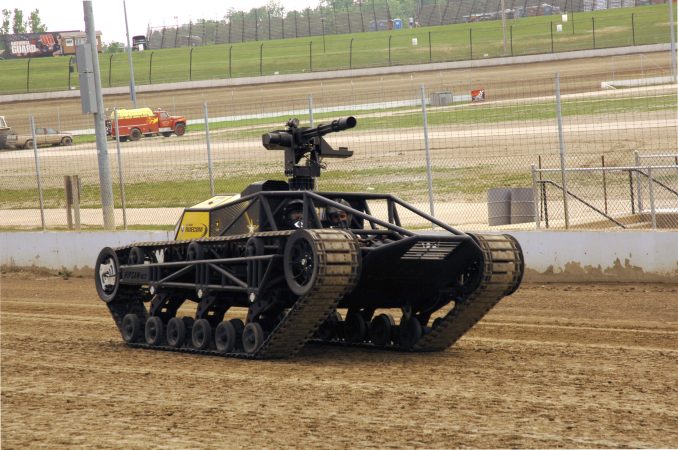With its 1,500 shp gas turbine engine, the M1 Abrams can reach a top speed of 45 mph. Optimized to run on jet fuel, the engine is similar to the engines that propel many modern commercial aircraft. Since Russia’s T14 Armata can only claim an estimated top speed of 47-50 mph, the Abrams is likely the fastest tank in the world. Decades prior to the M1’s introduction, another tank used an aircraft engine to reach a top speed on 104 mph.

The tank was a game-changer when it was introduced to the battlefield in WWI. Mobile, armored and armed, the tank could scout, flank and break through enemy defenses. However, early tanks often suffered from suspension failure. American engineer J. Walter Christie aimed to resolve this issue. In 1919, Christie developed a suspension that allowed a tank to drive to the battlefield on its road wheels. The tank could then be fitted with its tracks before entering combat.

Intrigued by the concept, the U.S. Tank Ordnance Corps ordered a Christie tank for testing. Designated the M1919, it was delivered in 1921. During testing, Christie modified the suspension and moved the tank’s armament to the front. With these changes, the tank was redesignated the M1921. Testing continued in 1922 and 1923, but the Army found the tank lacked in maneuverability and abandoned it.

Undeterred, Christie worked on his suspension design through the late 1920s. The improved Christie suspension allowed for greater travel and improved maneuverability. Paired with a 338 hp, 27L Liberty L-12 aircraft engine, the Christie suspension was used on the M1928 tank. Able to drive on tracks or its road wheels, the tank caught the attention of the U.S. Army. During an unofficial demonstration, the M1928 achieved an average speed of 28 mph. Over the same course, the Army’s T1E1 tank managed an average speed of 9.9 mph.

In 1930, the Army awarded Christie a $55,000 contract to build an improved version of the M1928. Designated the M1931, the prototype tank was delivered in March 1931. That month, during a public test in Linden, New Jersey, Christie showed off his invention. The M1931 drove across a field of logs and rocks at a speed of 45 mph and even through a brick wall. Climbing a 45-degree hill, the tank maintained a speed of 35 mph. On the highway Army officials recorded a top speed of 104 mph.

In June 1931, the Army ordered seven more M1931s. Delivered in 1932, it was designated the Convertible Medium Tank T3. The tanks were tested at Fort Benning, Georgia and Fort Knox, Kentucky. Another version replaced the 37mm cannon with a machine gun and was designated the Combat Car T1. Despite impressive speed and maneuverability, neither the T3 nor T1 were officially adopted, primarily due to cost. However, the Christie suspension was used in the British Cruiser tanks as well as the Soviet BT tanks and T-34.



